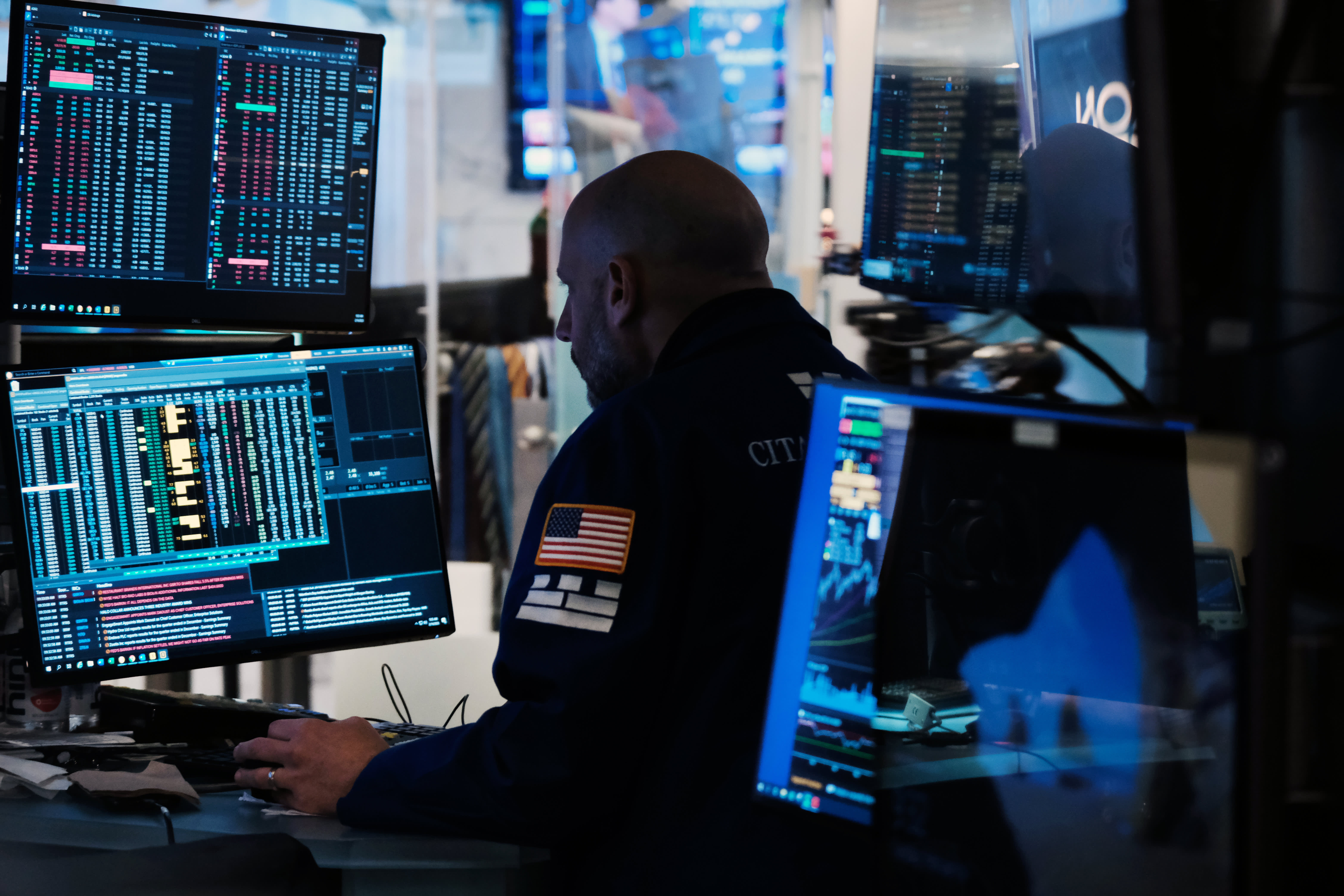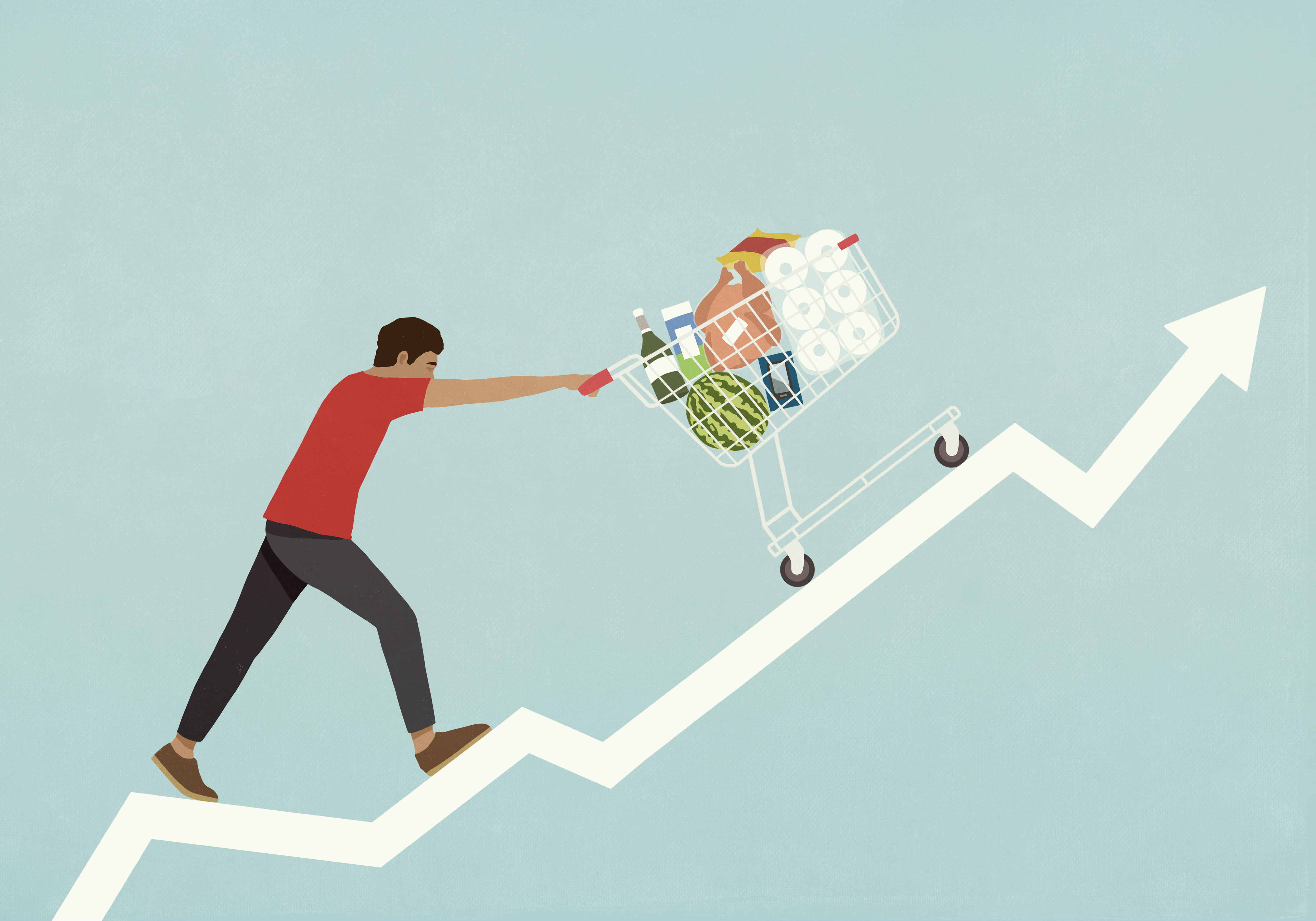High inflation has followed the U.S. economy into 2023, as consumers continued to see high prices in January.
Inflation rose 0.5% for the month and 6.4% over the past 12 months, according to consumer price index data released by the U.S. Bureau of Labor Statistics on Tuesday. Both results were higher than some economists’ expectations, which had predicted 0.4% for the month and 6.2% year over year.
related investing news
“It’s clear that the Federal Reserve has more to do in order to continue to slow down inflation,” said Eugenio Aleman, chief economist at Raymond James.
More from Personal Finance:
64% of Americans are living paycheck to paycheck
What is a ‘rolling recession’ and how does it impact you?
Almost half of Americans think we’re already in a recession
The CPI measures the average change in consumer prices based on a broad basket of goods and services.
Notable increases included shelter, food, gasoline and natural gas, according to the BLS.
Categories that increased in January include motor vehicle insurance, recreation, apparel, and household furnishings and operations. Other areas that saw a monthly decline in prices include used cars and trucks, medical care, and airline fares.
Inflation recovery ‘will not be a straight line’
After two years of inflation, the process of getting those high prices under control will continue this year, though it will take time, according to Aleman.
The annual inflation rate should subside by midyear, Aleman predicts. But there then could be upward momentum followed by downward momentum, he said.
“It will not be a straight line during the rest of the year,” Aleman said.
Consumers will be poised to benefit going forward as inflation comes down, he said.
“It is true that inflation is not going to be back to pre-pandemic levels, but it is going to be much better than what it has been over the last three years,” Aleman said.
Sticky prices that stay high are to be expected, according to Peter C. Earle, an economist at the American Institute for Economic Research.
“In the same way that prices don’t rise at the same rate, they don’t fall at the same rate,” Earle said.
The CPI data released on Tuesday shows that so-called disinflation, where the pace of inflation temporarily cools, has happened more slowly, Earle said. In some cases, it has stopped and reversed for retail consumers and households, he said.
Consumers still struggle with budget pressures
For many households trying to stretch paychecks from one payday to the next, there has not been much relief to date, noted Greg McBride, chief financial analyst at Bankrate.com.
“The troubling thing about the pervasiveness of inflation is the fact that it’s hitting hardest in categories that are necessities,” McBride said.
Household budget staples continue to be leading contributors to inflation, according to McBride. That includes food, shelter, electricity, natural gas, apparel, vehicle insurance, and household furnishings and operations.
That last category includes paper products, an example of items all households buy, McBride said.
While other areas like used car prices have come down, that does not help unless you are in the market for such a vehicle, he noted.
That leaves many individuals and families still struggling under budget pressures.
“There’s not a whole lot of places to hide from it,” McBride said.




